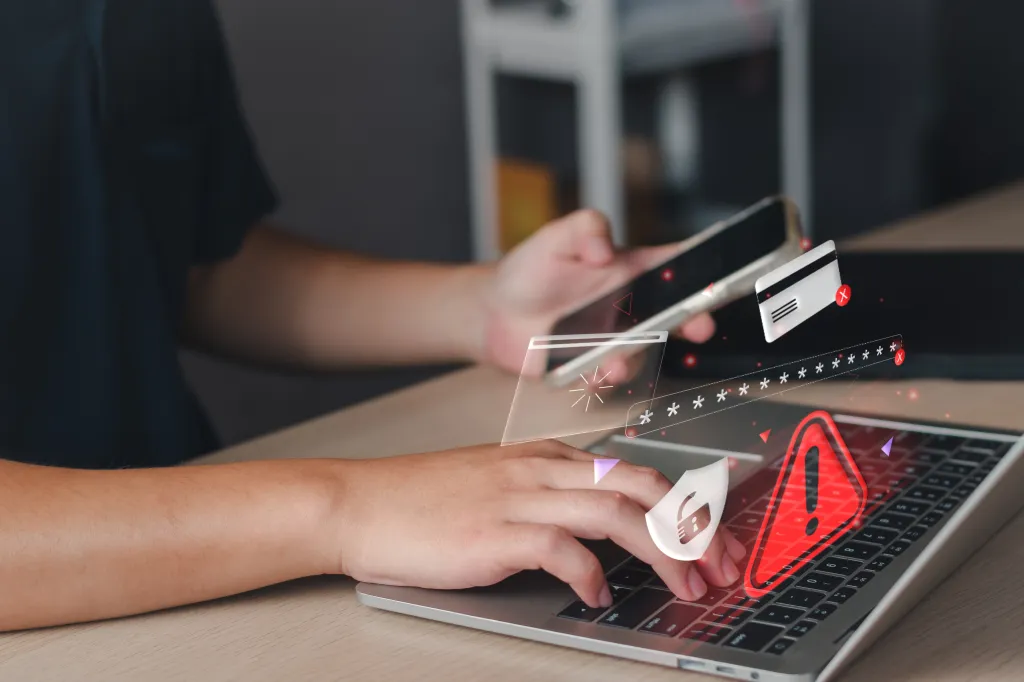In today’s digital age, children have more access to information than ever before. With a world of knowledge at their fingertips, the internet offers incredible opportunities for learning, entertainment and connection. However, just as it opens doors to these possibilities, the internet also exposes young users to risks that parents can’t always predict or prevent.
Though it’s impossible to be with your child every moment they’re online, there are effective ways to keep them safe without hovering over them. With the right guidance and tools, kids can explore the internet’s vast landscape while avoiding the potential dangers.
The importance of parental controls
Research and data from across several sources suggest teens spend over seven hours a day on their screens, whether for homework, social media, gaming or online shopping. While this extended screen time may be productive at times, it can also lead to unintentional exposure to risks like inappropriate content, cyberbullying, privacy issues or accidental spending.
Here are just a few potential threats that kids might encounter online:
-
Inappropriate and harmful content: From graphic images to distressing videos, the internet is full of content that may not be suitable for young eyes.
-
Cyberbullying: Social media platforms can be breeding grounds for negative interactions, whether it’s hurtful comments or harmful behavior like harassment or bullying.
-
Privacy risks: Predators and scammers often attempt to exploit personal information, often disguised as harmless interactions and casual conversation.
-
Accidental spending: With online shopping and gaming more accessible than ever, kids can easily make unauthorized purchases, especially if their payment details are saved on the device.
-
Unsuitable apps and games: Not every game or app is built with a child’s well-being in mind, and many contain hidden dangers.
These risks are not always obvious. Sometimes, they lurk behind innocent-looking pop-ups or hidden links, making it easy for young users to stumble upon content or interactions that aren’t appropriate.
What controls can I set?
While it’s important to teach children how to navigate the internet responsibly, there are several tools available to help parents set boundaries and monitor their kids’ digital activities. Here are a few options:
-
Blockers: These tools prevent unwanted websites, ads, apps or features from reaching your child’s device. By limiting what can be accessed, blockers can help filter out harmful content and reduce distractions.
-
Filters: Content filters scan the web for specific keywords or phrases – based on criteria you set – and block access to that content. This proactive approach allows you to target what’s most important to avoid.
-
Settings: Privacy settings allow you to set boundaries around who your child can interact with online, whether that’s strangers or certain groups. This helps reduce the risk of unwanted or harmful communication.
-
Monitoring apps: While physically monitoring every activity isn’t feasible, apps exist that allow parents to keep track of their child’s online presence across devices. These apps often provide real-time insights into which websites or apps are being used and how often.
-
Time limits: It’s easy for kids to lose track of time when online. Setting daily screen time limits can help them strike a healthier balance, preventing overuse and reducing the likelihood of accessing inappropriate content.
-
Education: While these tools can significantly help manage online risks, they are not foolproof. The most important step parents can take is to educate their children on safe online habits. Teaching them how to recognize suspicious links, communicate safely online and understand the consequences of oversharing can make a meaningful and long-term difference in their online habits and safety.
Approaching boundaries with kids vs. teens
Children and teens are at different stages of development, and it’s worth tailoring your approach to online safety to reflect this. Here’s a helpful breakdown for setting boundaries and engaging with your child based on their age:
-
Level of control: Younger children may need stricter oversight. At this stage, tools like blockers and filters can offer more direct control over their online activities. For teens, the focus shifts toward fostering responsibility. This might involve negotiating boundaries together and discussing the reasoning behind the rules.
-
Types of limits: With younger children, the emphasis is often on immediate safety. Set clear, firm boundaries, such as no unsupervised social media use. For teens, these boundaries can be adjusted to promote independence while ensuring they understand the importance of responsible online behavior.
-
Communication style: With younger kids, communication tends to be direct and simple – rules are clear and non-negotiable. With teens, however, the conversation can be more collaborative. Encourage open discussions about their online experiences and how to stay safe while allowing them some level of autonomy.
-
Consequences: For younger children, consequences for breaking limits should be immediate and simple, such as a temporary device ban. For teens, consequences may involve more negotiation – such as agreeing to specific guidelines on screen time or privacy settings. Ultimately, the goal is to keep them safe while promoting accountability.
By adapting your approach to suit your child’s developmental stage, you can help them build healthy, responsible online habits.
You are your child’s first line of defence
While technology will continue to evolve, one thing remains certain: as a parent, you play an essential role in your child’s online safety. You are their first and most important line of defense. Whether you’re installing software or engaging in conversations, the steps you take – both behind the scenes and in person – matter. While no tool or control is perfect, together with education, they offer a strong foundation for helping your child enjoy the online world with confidence and security.
For more helpful articles and tips for staying cyber safe, visit RBC’s Understanding Cyber Safety website.
This article is intended as general information only and is not to be relied upon as constituting legal, financial or other professional advice. A professional advisor should be consulted regarding your specific situation. Information presented is believed to be factual and up-to-date but we do not guarantee its accuracy and it should not be regarded as a complete analysis of the subjects discussed. All expressions of opinion reflect the judgment of the authors as of the date of publication and are subject to change. No endorsement of any third parties or their advice, opinions, information, products or services is expressly given or implied by Royal Bank of Canada or any of its affiliates.






